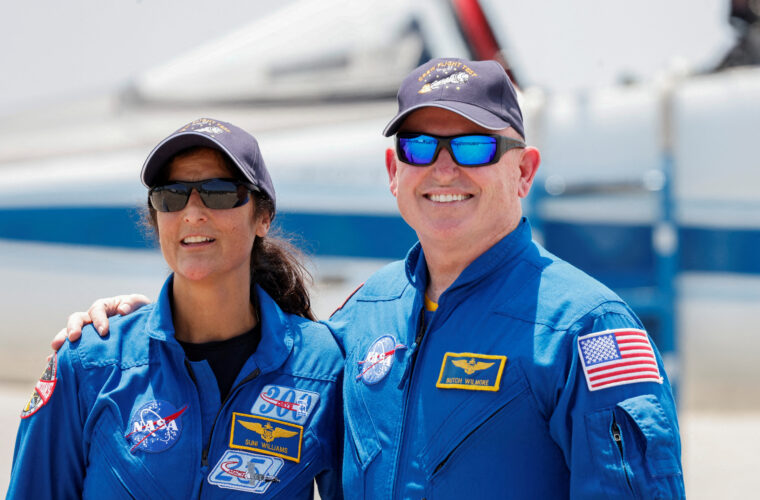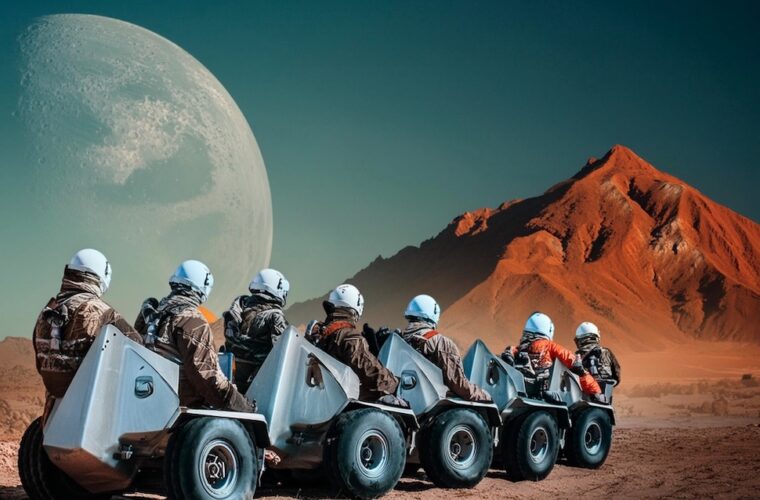Headquartered in Washington DC, ANRA technologies is an international provider of end-to-end solutions for unmanned aircraft systems (UAS) operators and airspace managers. Founded in 2015, ANRA recently expanded its operations by adding a European office in Tartu, Estonia. Founder and CEO Amit Ganjoo spoke with Fiona Alston.
Why did you create ANRA technologies?
My background is in aviation, communication and robotics. I’m a pilot and also a communications engineer. Around 2008 I was recruited to work for the US Department of Defence on drone and communications programs, long before drones were common in the commercial space. The same problems in the defense segment for airspace management have similarities in the commercial space.
I saw the transition happening. I built a quick and dirty prototype, took it to an event in DC and got the coolest technology award telling me there was something in this. That’s when I left the DOD and started this company.
A couple of weeks later, we got a call from NASA saying: that the concept we demonstrated was something they wanted to research. That’s how our humble beginnings started back in 2015. Since then we’ve been part of all the NASA national campaigns with FAA.
Offices in Estonia
You recently expanded operations into the EU. What made you decide on Estonia?
We have an office in the UK, which we’ve had for a few years. Brexit has kind of made it hard to do business in Europe, so we were looking for a European place to set up.
We have been working with some partners in Estonia, over the last year or so on some projects. Such as the European Space Agency and we enjoyed that working relationship – the folks there and the knowledge base and infrastructure. It just made logical sense to build on top of that instead of trying to set up somewhere else.
How much do the regulations change, regarding drones and urban air space, from country to country?
There are similarities and differences. The EU has released the regulation which mandates U-Space services and is to be offered by January 2023. Then there are similar regulations and rulemaking in the US but it’s not a universal thing.
In some markets, we are still in an innovation phase. In some cases, we are in an experimentation phase. And in other cases, we are transitioning from experimentation to operationalisation, where the regulatory frameworks are coming into place. It’s different paces in different parts of the world.
ANRA Technologies
What services will you be offering?
We have airspace management, data services and enterprise offerings. These are independent pieces that can work independently, or they can be coupled together to work as a big solution. It is a microservices-based architecture. At a minimum, it will be what’s called a U-space service provider in Europe, in line with the regulation and we will have some premium services on top of that.
Are you in this for the long haul? Do you want to be a major provider in this space or is it a case of growing the company and moving on?
I love this field, it’s not a chore for me. I enjoy doing what I do. But it’s more of a strategic decision, as you’re growing the company, you can grow it big, or you can become acquired and be part of something bigger.
Honestly, I haven’t personally decided one way or the other. We are very opportunistic, so we have to figure out what opportunity presents itself – there’s no right or wrong answer here – we haven’t made our mind up one way or the other.



The Urban Air Mobility space is becoming competitive, but everyone must collaborate to achieve a universal outcome. How do you find yourself working within this industry?
I used to say it’s co-opetition versus the competition because it’s more co-operation now. The industry is so young and nascent, that if we don’t cooperate, there won’t be an industry to compete in down the line. We are still evolving it.
A lot of this work that we’ve been working on since 2015, has been very cooperative work. Working with other industry stakeholders, other technology providers, regulators, and researchers. I think that is going to continue for a while and eventually, we’ll all compete – this competitive phase has already started happening gradually and it will get more and more competitive as we move forward. But there’s this aspect of collaboration that’s very important, at least for the next few years.



